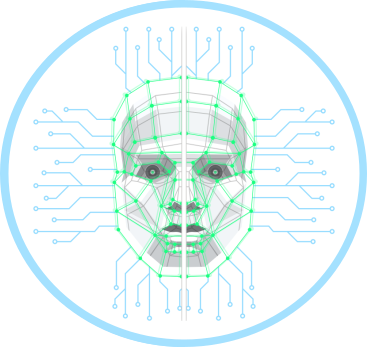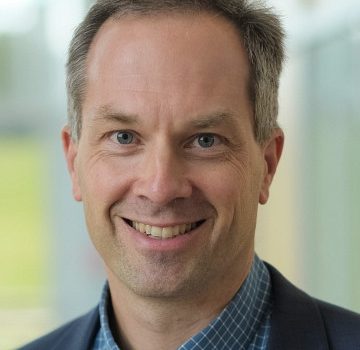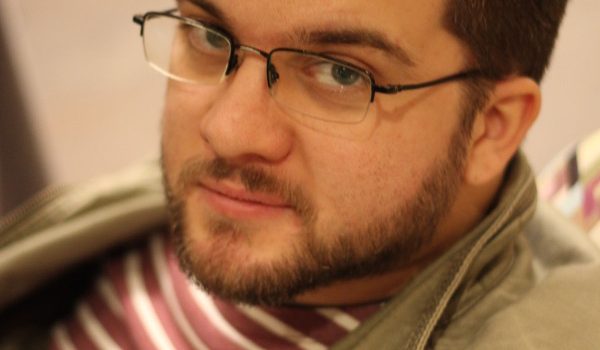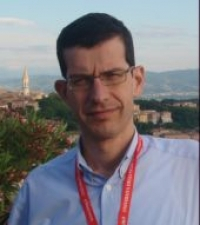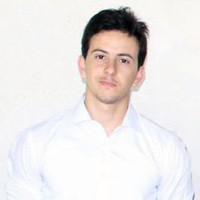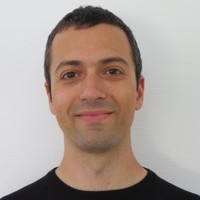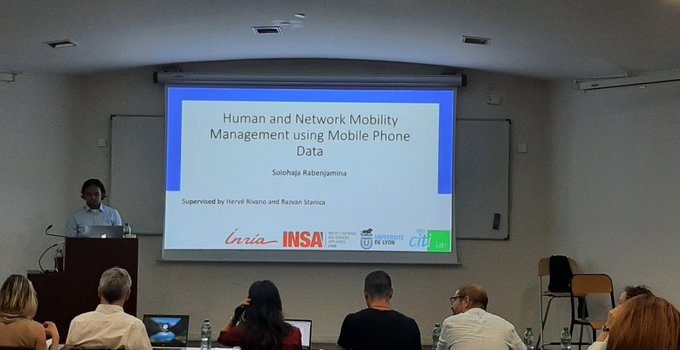
The defense will take place on Friday 29th December at 2 PM in the Heidi Lamarr building (Amphi Chappe), Insa-Lyon, Villeurbanne.
Title
Human and Network Mobility Management using Mobile Phone Data
Abstract
Over the past decade, the increasing use of smartphones has led to a significant rise in the volume of data exchanged through mobile networks of telecommunications operators. Each new generation of mobile network generates more data than its predecessor. By 2027, it is estimated that 289 EB of data will be exchanged per month, with 62% originating from the 5G mobile network. This vast availability of data has opened up new research perspectives, particularly in the study of mobility. Mobile data enables studies on larger populations and extended geographical areas.
In this thesis, we demonstrate that the events described in mobile data can also be found in other data sources. Through comparisons between mobile data and sensors detecting human presence, we observe a reasonable correlation. However, certain events, such as synchronization of peak presence or end-of-day activity, exhibit less similarity. We also utilize mobile data to examine the impact of the COVID-19 lockdowns imposed by the French government on land usage in Paris. Our findings indicate that the first lockdown had a profound impact on mobility patterns and land utilization, while the second and third lockdowns had a lesser impact. Lastly, we leverage this data for the reconfiguration of the mobile network in managing user micro-mobility, known as handover. The eNodeBs, which constitute the access network, can have different profiles and categories. By distinguishing between mobile and stationary users, we can optimize resource allocation through network reconfiguration. Dynamic network reconfiguration, employing various eNodeB profiles, also enables resource savings for mobile users.
Jury
-
- Marco FIORE, Directeur de Recherche, IMDEA Networks, Rapporteur
- Vania CONAN, Habilité à Diriger des Recherches, Thales, Rapporteur
- Aline CARNEIRO VIANA, Directeur de Recherche, INRIA, Examinatrice
- Sahar HOTEIT, Maître de Conférences, Université Paris Saclay, Examinatrice
- Stefano SECCI, Professeur des Universités, CNAM, Examinateur
- Hervé RIVANO, Professeur des universités, INSA-Lyon, Directeur de thèse
- Razvan STANICA, Maître de conférences HDR, INSA-Lyon, Co-directeur de thèse

